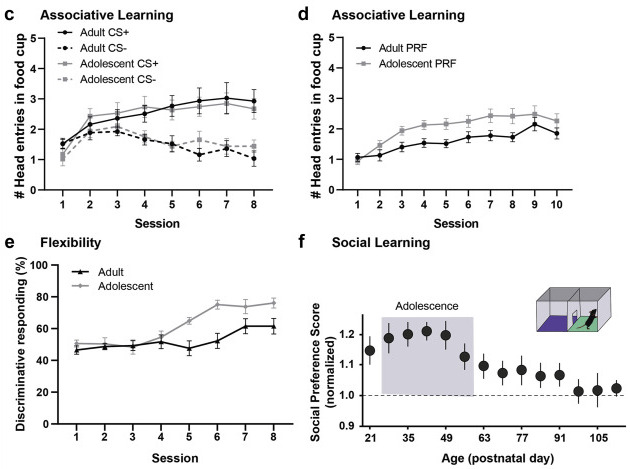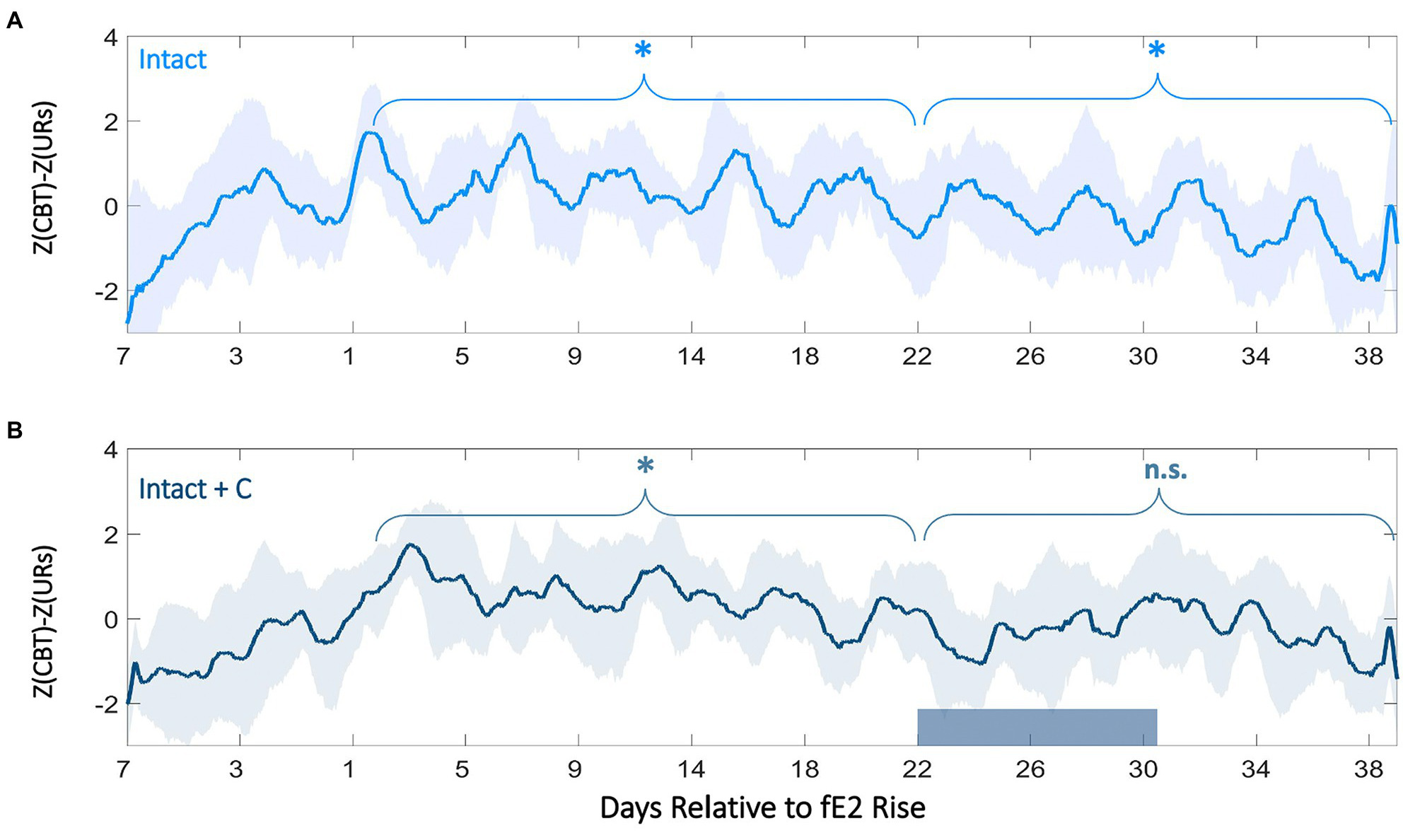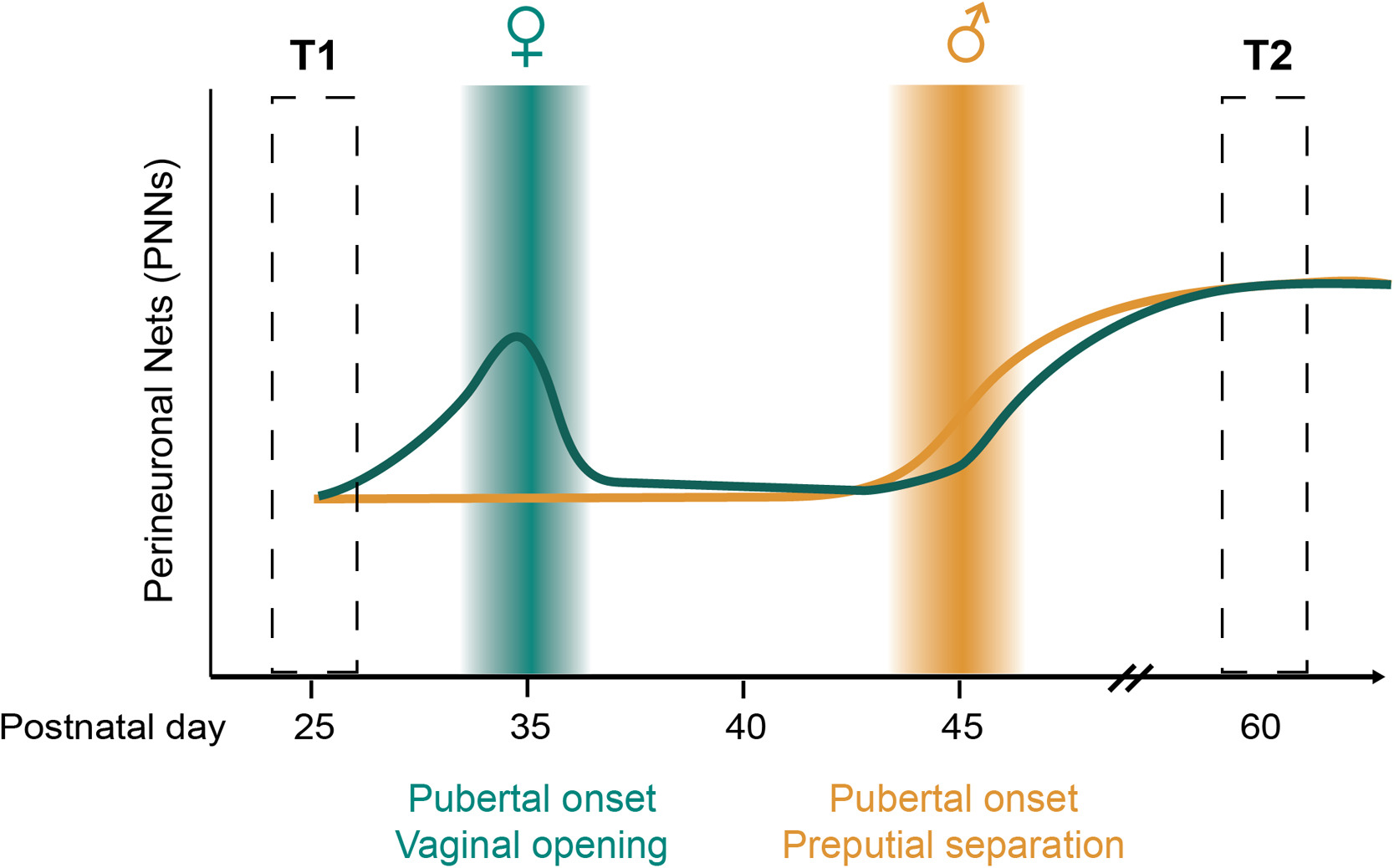Making sense of strengths and weaknesses observed in adolescent laboratory rodents
During adolescence, rodents disperse from their natal site, find a new home, and navigate social relationships and threats. Although rats and mice in the laboratory cannot fully express these natural behaviors, they show striking changes in their affective and cognitive behavior across the adolescent period. In some laboratory-based behavior metrics, adolescent rodents fail to show the same behaviors expressed by adults, but in other metrics, adolescent behavioral performance is more robust or more flexible than at other ages. These data are often interpreted in light of proximate level analysis of development of neural circuits. It is also informative to attempt ultimate-level explanations and consider how sex and species-specific adolescent behavioral changes support dispersal, foraging, and social interactions in the wild.
Wan Chen Lin, Linda Wilbrecht, Making sense of strengths and weaknesses observed in adolescent laboratory rodents, Current Opinion in Psychology, Volume 45, 2022, 101297, ISSN 2352-250X, https://doi.org/10.1016/j.copsyc.2021.12.009, https://www.sciencedirect.com/science/article/pii/S2352250X21002499



